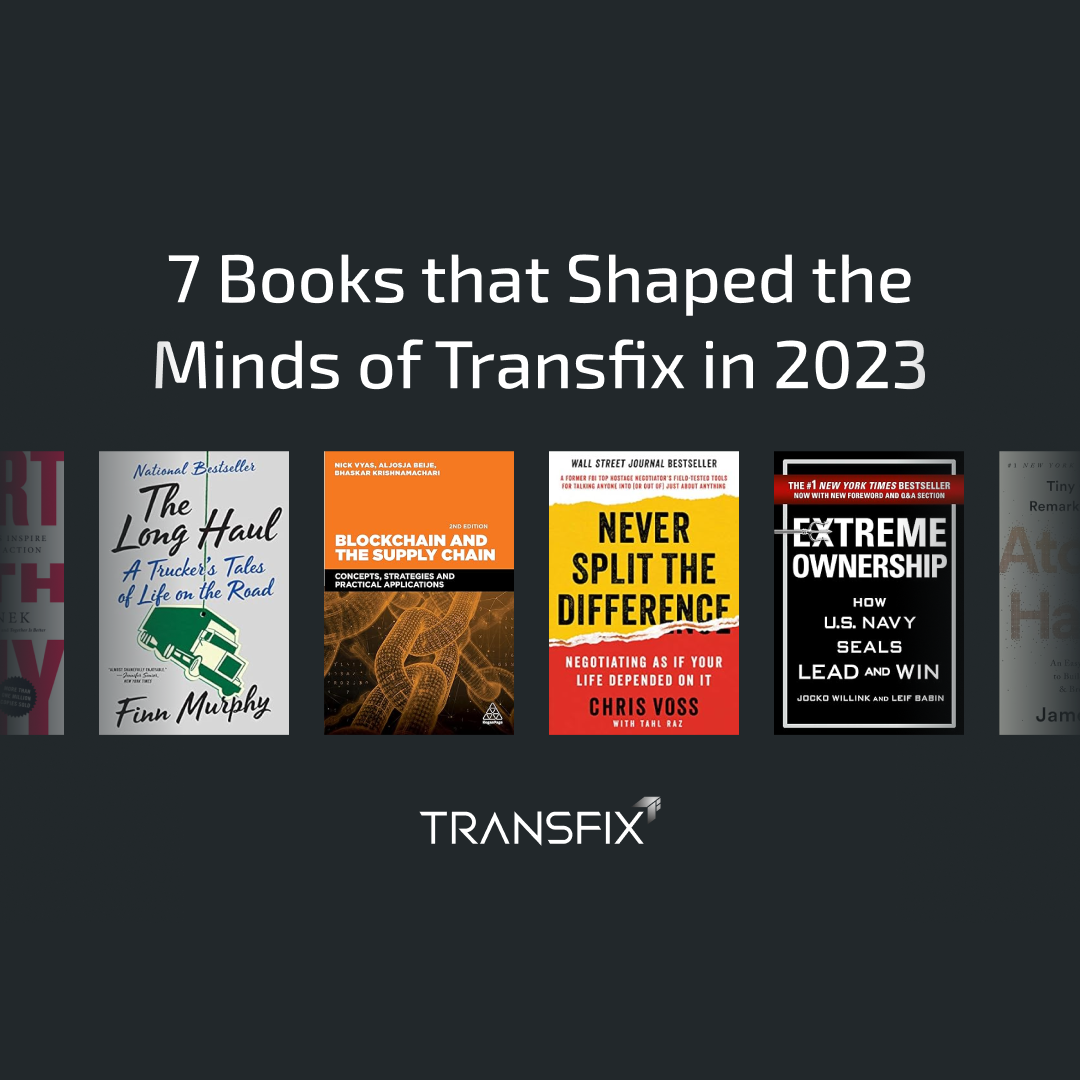It doesn’t matter what kind of shipper you are, scheduling a pre-RFP network analysis with a trusted logistics provider is a guaranteed way to widen your understanding of your network’s seasonality and strategically adjust pricing solutions to optimize your freight spend.
Transfix’s Director of Freight Market Intelligence, Paul Poziumschi, has conducted a wide range of network analyses for shippers of various sizes and verticals, and he explains just how this application of data science and freight expertise illuminates and informs more intelligent procurement strategies for shippers.
Q: What is a Network Analysis and why should shippers consider requesting one with their logistics providers?
Poziumschi: The network analysis applies data science to the shipper’s network within the bigger frame of the US or regional market. Obviously, the shipper understands their network and its unique dynamics, but we can provide a more granular view of how it fits into the larger network of interactions at a national, regional, and lane level. We can illuminate factors outside their purview and their control that impact their network. The deliverable is an analysis of their freight network’s structure, pain points, opportunities, and impactful seasonality.
Q: All shippers experience some kind of seasonality. What can a network analysis reveal to shippers as it relates to procurement and pricing?
Poziumschi: What we can help shippers understand is the underpinnings of seasonality and which solutions can optimize service and savings for their network and lanes. Let's assume that one shipper ships their goods between March and June on the same lane every year, and that time frame happens to be at the bottom of the seasonality of the lane. From September to December on that same lane, other shippers push the price much higher. If this is the case, then this shipper certainly does not want a yearly contract on that lane, since it will be priced as an average of the monthly rates and the higher rates influencing those averages are not relevant to their shipping needs. We can advise them to complete minibids for those lanes to take advantage of the low seasonality or they can hit the spot market.
Other shippers who rely on that same lane during the period of its peak rates should be aware of the opposite situation, and possibly spread out their volumes if they can, which could translate to significant savings. There are a multitude of insights that we can provide that can help shippers understand what drives their network outside their own flows and take action to optimize their costs and predictability.
Q: What kind of shipper would benefit most from a network analysis?
Poziumschi: All shippers do some sort of internal analysis, but depending on size and resources, some shippers have a wider perspective than others to build an accurate view of what happens in their network. While the network analysis is primarily designed for small and medium sized shippers, bigger shippers can learn a lot, especially on lanes or parts of their network where they are not in a dominant position.
Q: Based on these detailed analyses you've done with shippers, what procurement practices do you see shippers pursuing that might not be optimal choices for their network?
Poziumschi: Yearly bids are only effective for a subset of lanes. If you have a consistent flow of products throughout the year with minimal variations, then yearly RFPs are a reasonable option. However, given the market's increased volatility and frequent changes, I'm not convinced that yearly RFPs are always the best choice, unless volumes remain constant throughout the year and lanes are not highly variable.
Price volatility is a key factor to consider. Even if 70% to 80% of your business operates on the traditional yearly framework, the remaining 20% to 30% is still significant enough to warrant optimization efforts.
The problem we've noticed is that even a small percentage of controversial lanes can result in losses that outweigh the savings on other lanes. Many major shippers have already transitioned to clustering lanes and adopting different pricing mechanisms like minibids or TrueRate+.
Q: Can network analyses help shippers prioritize sustainability alongside their core operational goals?
Poziumschi: Network analysis, at its core, is agnostic, focusing on identifying risks and network structure. However, it inherently supports sustainability efforts because optimizing the network reduces waste, resulting in a more efficient and environmentally friendly operation. While it primarily targets efficiency and risk management, it can be combined with sustainability factors, such as CO2 emissions, to help shippers make more eco-friendly choices. Some shippers already use network analysis to assess sustainability impacts.
Q: What are the short & long term benefits of receiving a Pre-RFP Network Analysis?
Poziumschi: In the short term, network analysis provides support and insights during the RFP process. It helps shippers gain a comprehensive view of their network, facilitating better management of the exercise itself. It also aids in preparing for future market dynamics.
In the long term, network analysis fosters predictability, which is vital in logistics. Considering what may lie ahead allows shippers to optimize their behavior and examine potential changes in their logistics structures. For example, they might build inventories strategically to cope with market fluctuations, potentially leading to changes in warehouse locations. Essentially, it helps shippers control what they can control, ensuring efficient operations both now and in the future.


![[Webinar Recap] Diesel Download: A 2024 Outlook to Prepare for a Volatile Year Ahead](https://transfix.io/hubfs/iStock-1392574169.jpg)
![[Webinar Recap] The Market Rebalance is Coming: Critical Strategies to Fortify Your Carrier Network](https://transfix.io/hubfs/Transfix_February2023/images/truckcarrier.jpg)
